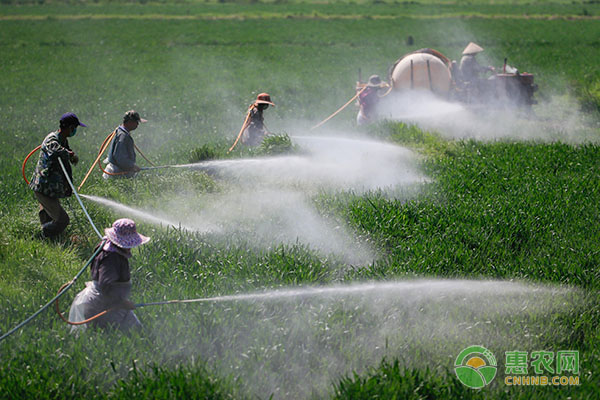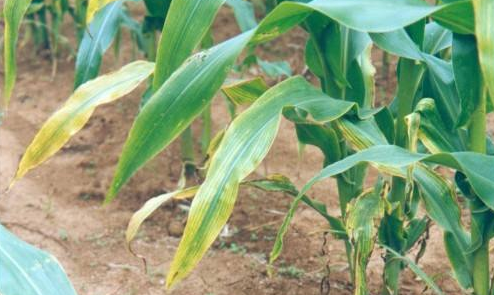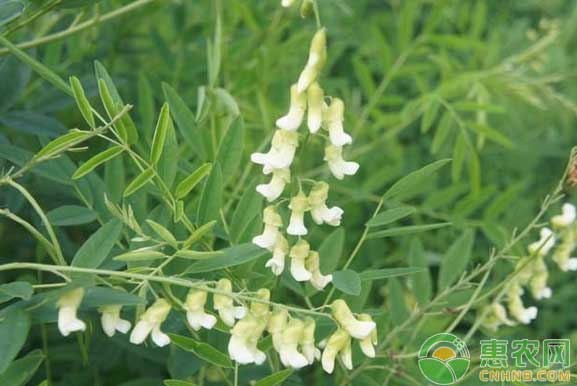Introduction of watering time and main points of winter wheat in different periods
Wheat is one of the key crops in our country, and now it is the key period of winter wheat. if you don't pay attention to it in the whole process of planting winter wheat, there will be a misconception that winter wheat will be planted, and if it is light, it will endanger the emergence of winter wheat. if it is serious, it will lead to rotten seeds and dead trees. Farmers all know that when planting winter wheat, the most important thing is to water it.
After planting winter wheat, it is generally appropriate to irrigate the seedling water once to accelerate the emergence of wheat seeds, which is due to the regulation of soil environmental humidity in wheat emergence, which is suitable for seedling emergence. 75%. Naturally, in order to increase wheat production and generate income, not only must be properly watered after planting, several links of wheat growth and development must be watered with mountain spring water. So how to water it?

1. Head covered water
That is, before the emergence of wheat seedlings after planting, the water is irrigated to promote the sowing seeds to emerge as soon as possible. Masked water does not necessarily have to be watered, the key lies in * whether the soil seedling condition is good or not. If the environmental humidity of the wheat field is moderate, it can not be irrigated or late irrigated; but in view of the relatively drought in North China, it is generally necessary to irrigate the masked water immediately after planting. Watering Mengtou water to grasp the water demand, watering is not suitable for too much, so that * soil can be slightly wet, otherwise it is very easy to cause * soil caking, reduce soil permeability, not conducive to wheat emergence.
2. Overwintering water
Overwintering water is the key countermeasure to ensure the safety of wheat overwintering. This is because the thermal conductivity of water is very large, if the soil is moist during the winter, it is beneficial to alleviate the violent change of soil temperature, thus reducing the chilling injury level of wheat. Take advantage of the opportunity to water over the winter, not too early or too late. You can start watering when the local temperature drops to around 3 ℃. The hometown of the editor is usually carried out at the end of October and the beginning of November. The amount of water should be moderate, but it is not suitable for too much. It is best to cultivate the soil moderately after watering.
3. Return to green water
After the early spring, according to the soil organic matter, watering before overwintering and other conditions, the decision is whether to return to green water. In view of the wheat fields with rich soil and abundant watering before winter, it is not necessary to return to green water, but only moderate cultivation of soil, thermal insulation and heat preservation to promote the growth and development of wheat tillers. Of course, in view of the poor soil, less drought and less rainfall, late sowing wheat and other conditions, it is proposed to immediately return green water, especially in North China, we should attach great importance to the irrigation of green water. Watering time should be based on the sudden drop in local temperature, usually in mid-April.
4. Heading water
When wheat enters the jointing stage, it is the sufficient stage for water and fertilizer. at this time, fertilizer should be combined to water, and it is usually necessary to apply both fertilizer and water, so as to promote the development of underground rhizomes and increase the total number of spikes at booting stage.
5. Booting water
Under the condition that the water consumption of wheat at booting stage is the most in the whole growth cycle, * abundant water in soil is the key factor endangering the flower protection and grain increase of wheat. Although booting water is required, it should not be flooded, and special attention should be paid to the amount of watering, so as not to cause rotting roots of wheat. It is easy to grasp when watering, the booting stage of wheat is generally around the middle and last ten days of April. However, if the heading water is irrigated too late, the booting water can be postponed to the end of April; if the heading water is not irrigated or if the soil is over drought, it can be irrigated early in early April.
6. Grouting water
Generally, appropriate watering of wheat grouting water within 15-20 days after heading is beneficial to the accumulation of organic compounds in wheat grains, thus increasing wheat grain weight and yield per mu. Grouting water is not suitable for being too late. In addition, special attention should be paid to low temperature drying in high temperature and with severe stroke, precipitation and other temperatures, it is not suitable to irrigate pulp water to prevent wheat lodging.
Above is the key point of watering winter wheat at different stages. If you want to increase wheat production, scientific and standardized watering can not be ignored. According to the water demand characteristics of winter wheat, farmers who plant winter wheat should water the six kinds of water well, and the amount of watering must comply with the standard of "a small amount of water for many times". It is expected that the above contents can be of some assistance to wheat farmers.
- Prev

Symptoms of fertilizer deficiency in crop corn and its correction techniques
Symptoms of fertilizer deficiency in crop corn and its correction techniques
- Next

How to grow Sophora flavescens? Planting technology and price market of Sophora flavescens
How to grow Sophora flavescens? Planting technology and price market of Sophora flavescens
Related
- The first cup of black tea in spring, the flavor and history of tea gardens in Kenya, Africa
- The computer can not only choose potatoes, but also grow tea rice. AI will grow winter oolong tea champion.
- It is not only the inflated tea bitten by insects, but also engraved with the four seasons tea in Beipu.
- The Oriental Beauty Tea Festival in Zhuxian County takes the stage at the weekend to experience the plus-size feast of oil tea.
- & quot; Oriental Beauty Tea & Exploration of Emei in Hsinchu, the hometown of quot;
- The new variety of strawberry "Tainong 1" dessert is the first choice with mellow aroma. Crimson gorgeous
- History of Tea in Taiwan: from Wild Inner Mountain to Export Tea Garden
- Two types of Taiwan Oriental Beauty Black Tea won the British three-Star Award for Childhood Tea Xiang Zhang Jiaqi changed from pilot to champion tea maker.
- Banana species and varieties: the planting history of Taiwan Xianren banana and dwarf banana is long, is banana disease resistant?
- Coffee planting Technology: Qianjie Coffee from Seedling to harvesting

